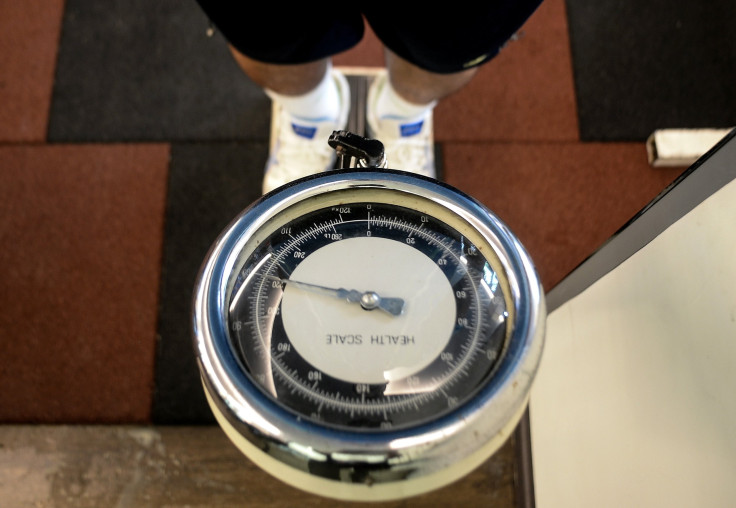Weight Loss Process: Lost Fat Turns Into Carbon Dioxide And Water

During weight loss, the excess fat does not get converted into energy or transformed into muscles, but is changed to carbon dioxide and water, which are later removed from the body, a new study claimed. Published in the British Medical Journal (BMJ), the study answered the question as to what happens to those extra pounds that are shed during a weight loss process.
Researchers Dr. Ruben Meerman and Andrew J Brown conducted the study, which also revealed the carbon dioxide is exhaled, while the water is removed in the form of sweat or urine from the body. The paper, titled "When Somebody Loses Weight Where Does the Fat Go?" explained the process by which fat gets converted into carbon dioxide and water, and how the food eaten during a diet is utilized by the body to create energy.
Researchers explained if someone loses 10 pounds of fat, then 8.4 pounds was discharged through the lungs as carbon dioxide, while the remaining 1.6 pounds turns into water. They also said when a person consumed a carbohydrate or protein-rich diet, the body converts it into triglycerides and stored it in the lipid droplets. After this process, the body creates energy but does not directly change the extra fat to energy.
According to researchers, the concept of gaining or losing weight can be clear if one keeps a note of all calories that are consumed.
Latest government figures, cited by CNN, revealed Americans consume 125 ounces of food and beverages every day, of which about 15 ounces is solid macronutrients, 0.6 ounces is fiber and the remaining 110 ounces is water. However, what people often don't take into consideration is the amount of oxygen that is inhaled, which in this case was 23 ounces.
Researchers said after 125 ounces of food and water, and 23 ounces of oxygen, the amount that needs to be removed from the body is 148 ounces, or there is a possibility of gaining weight.
The concept of extra fat turning into carbon dioxide and leaving the body also raises another question. Can someone lose weight simply by breathing more after fat turns into carbon dioxide? Well, the answer, according to researchers is, no. The best way is to move muscles to increase the amount of carbon dioxide the body is producing.
Describing how metabolism could help in the process, researchers said metabolizing 100 ounces of fat consumes 290 ounces of oxygen and produces 280 ounces of carbon dioxide plus 110 ounces of water. So, in order to lose 100 ounces of fat, one needs to exhale 280 ounces of carbon dioxide in addition to the vaporizing process of all the food a person consumes.
© Copyright IBTimes 2024. All rights reserved.





















